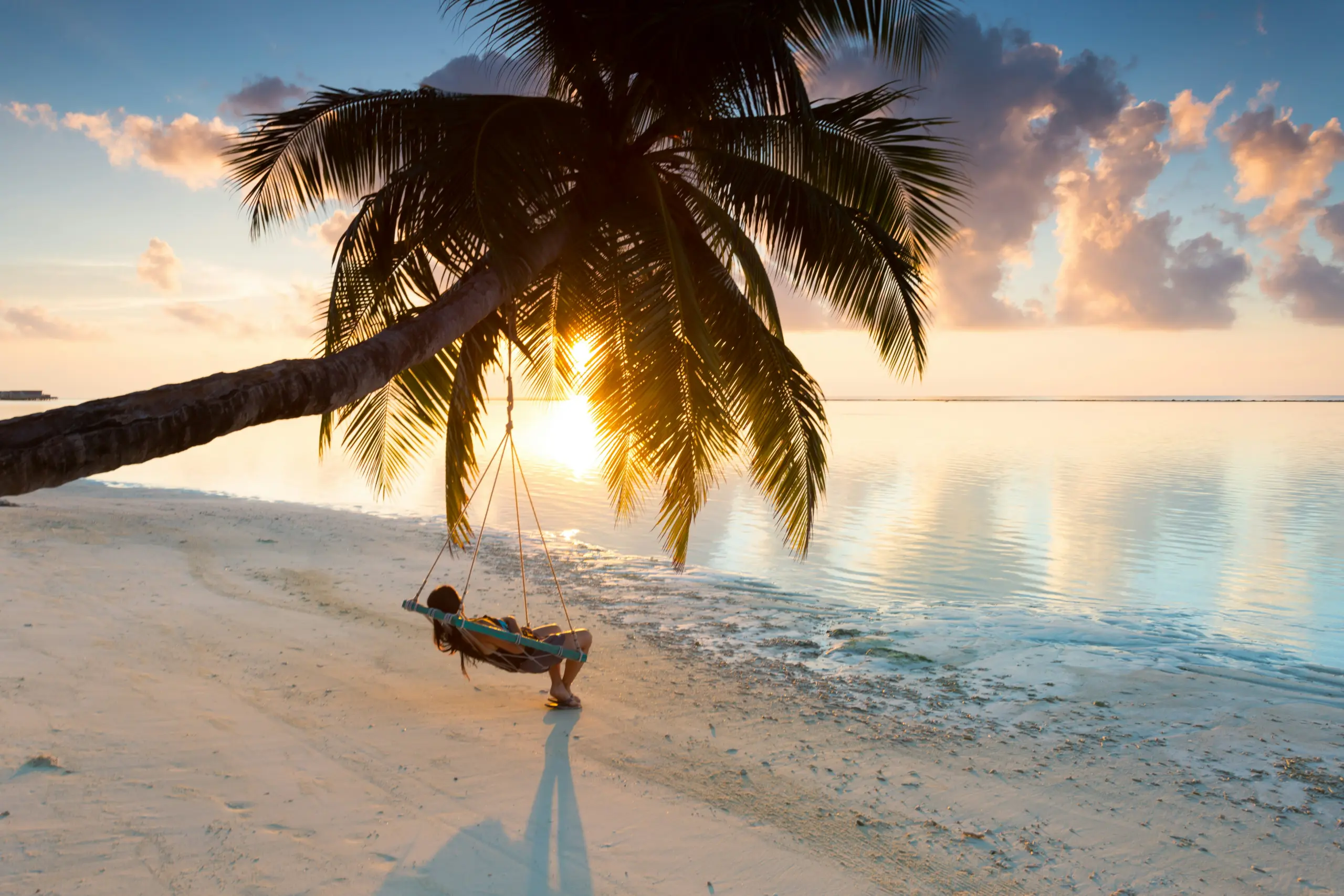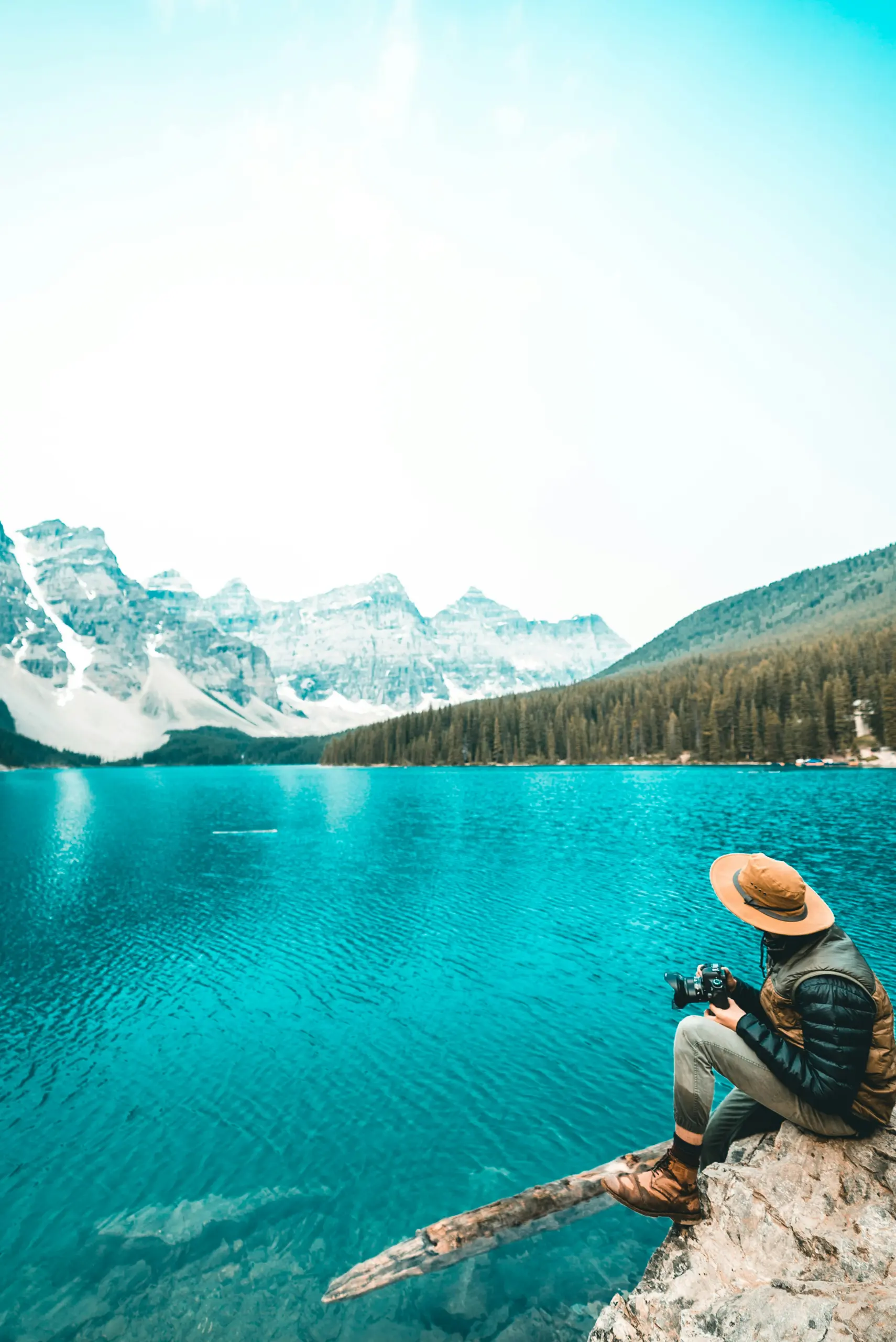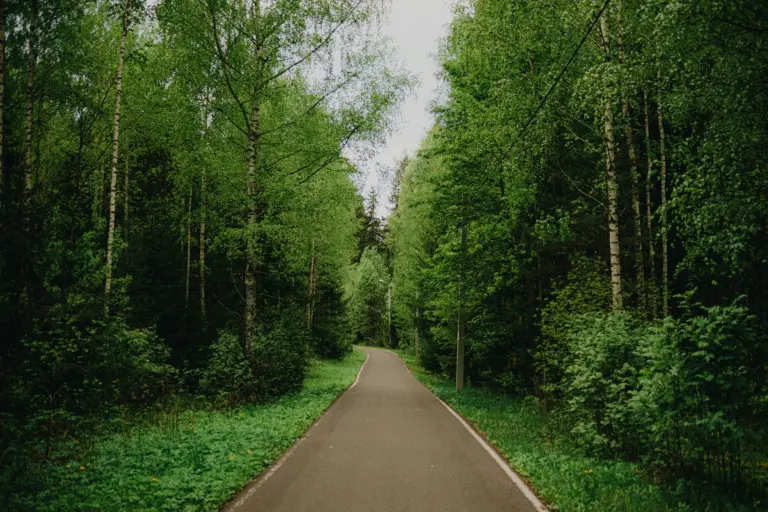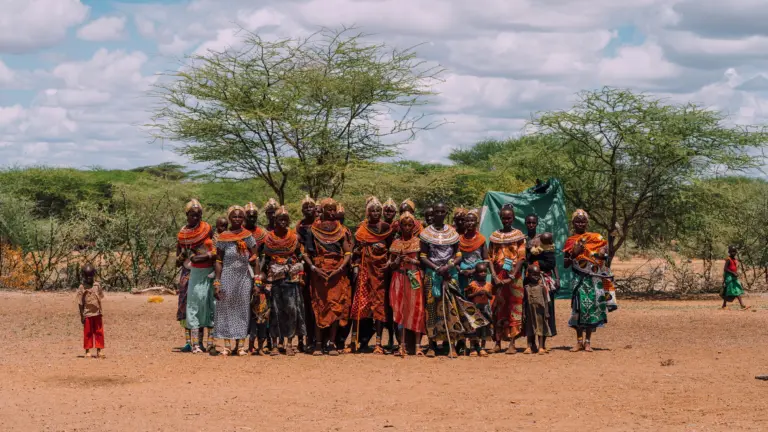In recent years, travel in Asia has shifted from mere “eco-friendly” trips to a bolder vision of stewardship. Regenerative tourism goes beyond minimizing harm – it aims to leave destinations better than they were. As one expert puts it, the goal is to “promote rejuvenation and renewal, rather than simply supporting what already exists”. In practice, this means travelers help restore ecosystems and uplift local cultures, working hand-in-hand with communities. Instead of passively sightseeing, visitors might plant mangroves, rebuild coral reefs or learn traditional crafts. The result is a deeper, more meaningful journey where every snorkel or hike can contribute to ecological and economic revival.
Beyond Sustainability: A New Paradigm in Travel
Sustainable tourism traditionally focused on “doing no harm” – reducing waste, saving water and protecting wildlife. Regenerative tourism rewrites that playbook. It challenges visitors to become active participants in healing landscapes. Travelers may, for example, tag themselves onto reforestation treks in Nepal or join wildlife surveys in Borneo – projects that directly improve the places they visit. The United Nations World Tourism Organization notes that true sustainability must also “protect and enhance opportunities for the future,” suggesting a role for restoration in tourism. In Asia, hotspots from Indonesia to Laos are pioneering this shift. Resorts, NGOs and village cooperatives now invite guests to plant coral, build trails or co-manage heritage sites. In this way, the tourist footprint becomes regenerative – replenishing soils, expanding forests and bolstering endangered reefs even as people vacation.
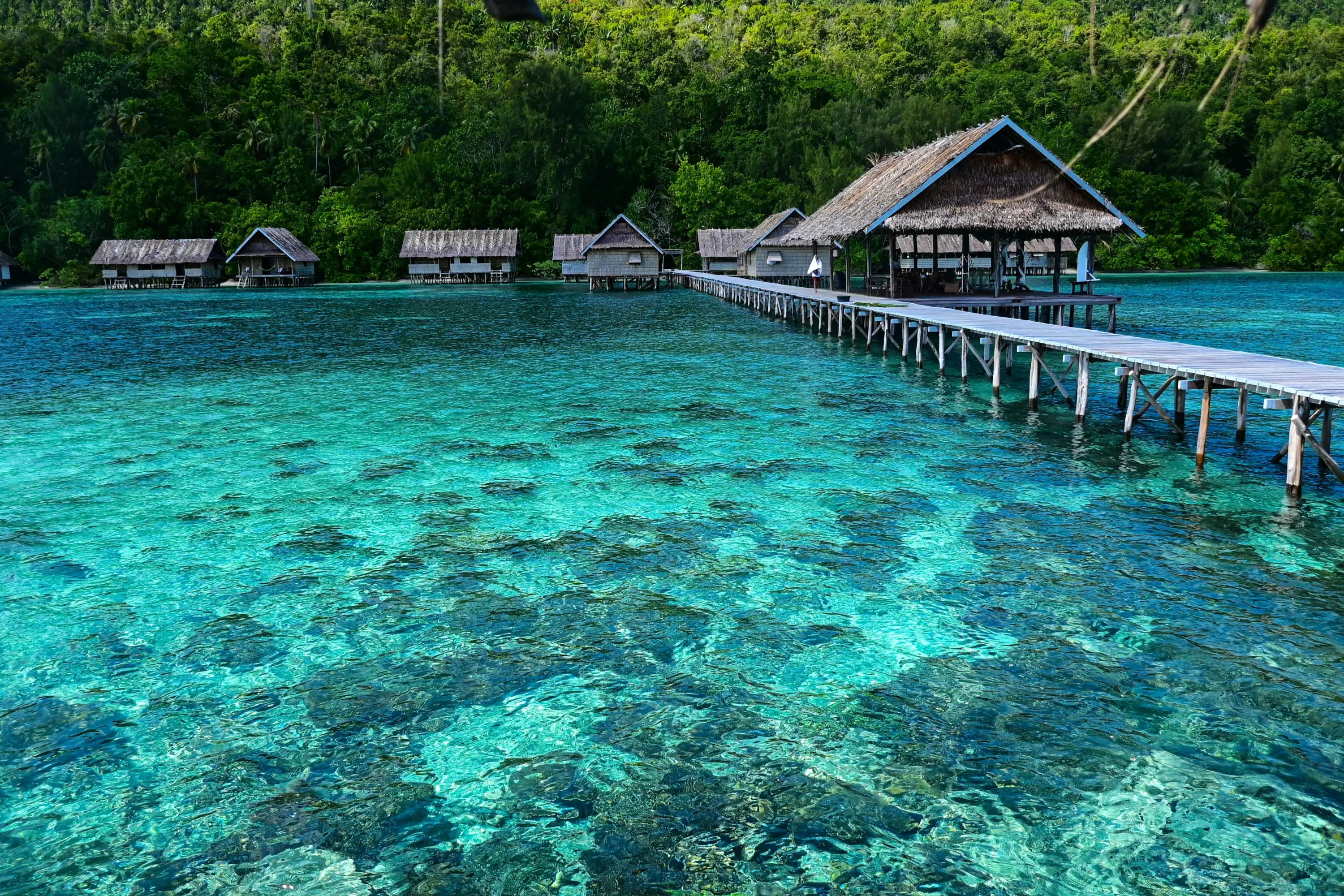
Bawah Reserve: Reef and Forest Revival
Bawah Reserve’s coral recovery program is nothing short of world-class. At this private island resort in Indonesia’s remote Anambas Archipelago, marine biologists have transplanted thousands of coral fragments onto hundreds of artificial reef structures. The shallow lagoons once scarred by bomb fishing and bleaching are now dotted with concrete hexagonal “reefs,” bottle reefs and open-frame “coral spiders,” each hosting dozens of young corals. Divers see colorful brain and staghorn corals regrowing, attracting shoals of juvenile fish. Guests can join the marine team on conservation dives to help plant coral and remove ghost nets, learning reef biology first-hand. By 2023, Bawah scientists had planted over 5,000 coral fragments and rehabilitated more than 700 m² of reef, effectively stitching back sections of reef that once lay bare. This hands-on program turns a snorkeling trip into a hands-on restoration effort, proving that tourism dollars and divers can actively heal a damaged reef.

Beyond the reef, Bawah has set aside rich tidal forests of mangroves. Resort staff tend nurseries of Rhizophora propagules and carefully replant them along the muddy shore, rebuilding swamps cut decades ago. These dense mangrove thickets – visible just inland of the beach bungalows – are far more than a scenic backdrop. They trap sediment, filter pollution and buffer storms, stabilizing the islands’ edges. Critically, mangroves are also nurseries for fish and crabs; rebuilding them helps local fisheries rebound. The locals know this well: as one Thai mangrove ecologist observed, villagers involved in reforestation now harvest more shrimp, shellfish and oysters, reducing their debts and boosting income. In short, Bawah’s forest and reef projects are restoring nature’s balance – and in turn feeding and protecting the community’s future.
Communities and Conservation: Success Stories Across Asia
The ripple effect of regeneration extends beyond Bawah. In rural Laos, for instance, the community-run Phou Iu Travel and Ecotourism initiative empowers Akha and Hmong villages to host visitors on eco-treks. Entire homestays and craft workshops are run by villagers, blending cultural exchange with conservation. Tourists learn traditional weaving or farming while helping replant native trees – and the income directly supports local schools and forest patrols. In Thailand’s Samut Songkhram province, an urban mangrove project in Bang Kaew village shows similar dividends: local volunteers built bamboo wave-breaks and replanted the coast, and now mangrove-lined canals yield more fish and crustaceans. One leader reports that families now “have more sustainable livelihoods” from shrimp and oyster harvests thanks to the restored mangroves.
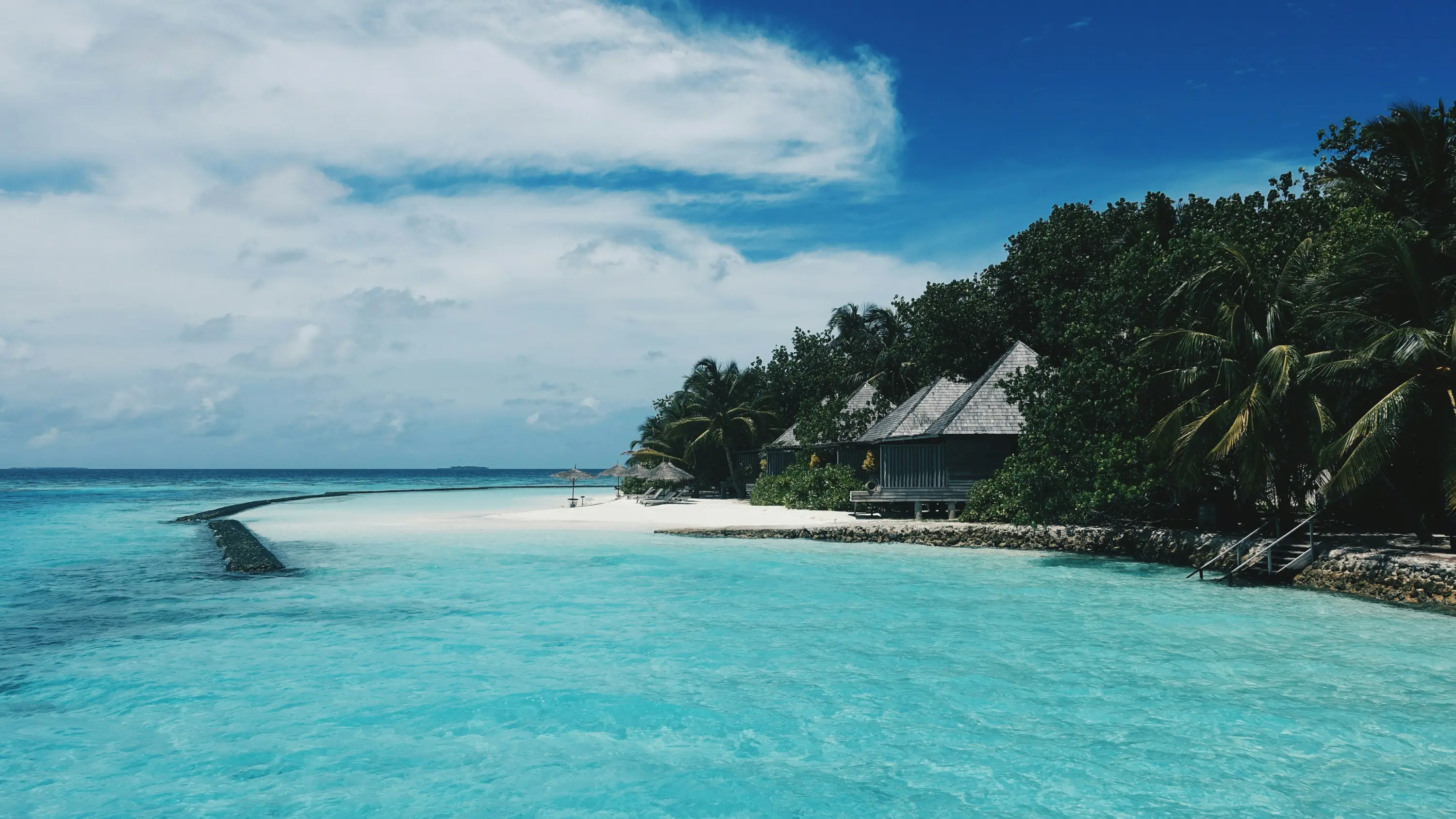
Even luxury resorts tie regeneration to community benefit. In the Maldives, Four Seasons teams involve nearby villagers in reef revival. On the island of Fulhadhoo, locals actually help build and deploy coral frames – paid work that both boosts their income and revives reefs ravaged by past bleaching. Schools there run marine-ecology classes led by resort biologists. Guests of the resort may sponsor a coral frame or attend a night dive to plant Acropora fragments alongside fishers. When 90% of corals died in a past bleaching, the response was a joint effort: scientists and villagers rescued and re-seeded 28,000 corals at depth, and the reef is now growing back. In every example, travelers become collaborators: they collect data, plant trees or simply choose operators committed to the cause.
Across Asia, studies show that when communities share in tourism’s rewards, both people and nature thrive. Income from regenerative tourism gives villages the resources to safeguard their forests and reefs. Cultural practices are revitalized as families teach heritage skills to curious visitors. What emerges is more than a clean hotel or a rescued turtle – it is a living, sustainable community buoyed by its tourists. In short, regenerative tourism is proving that a vacation can be more than a temporary escape: it can be a catalyst for lasting repair, leaving both land and people better than before.

